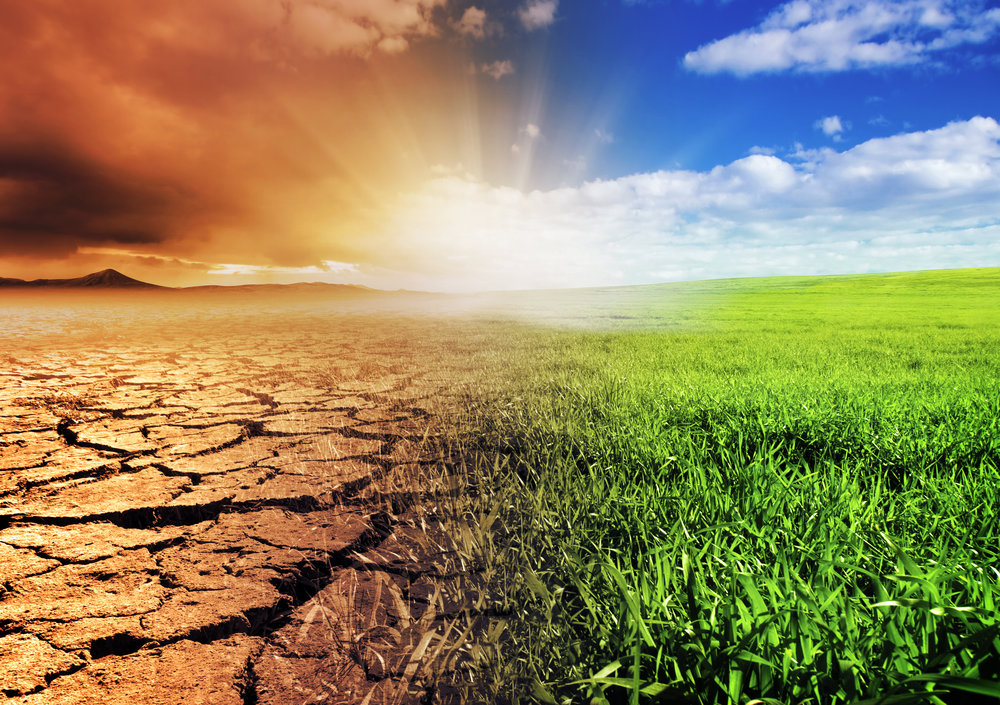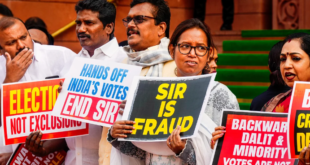Seema Javed
 A green recovery is essential to close the climate action gap, and could put emissions in 2030 at 44 GtCO2e – within the range of emissions that give a 66 per cent chance of holding temperatures to below 2°C. According to The United Nations Environment Program (UNEP) annual emissions gap report released today on December 9. – A green pandemic recovery could cut up to 25 per cent off predicted 2030 greenhouse gas emissions and bring the world closer to meeting the 2°C goal of the Paris Agreement on Climate Change, a new UN Environment Programme (UNEP) report finds.
A green recovery is essential to close the climate action gap, and could put emissions in 2030 at 44 GtCO2e – within the range of emissions that give a 66 per cent chance of holding temperatures to below 2°C. According to The United Nations Environment Program (UNEP) annual emissions gap report released today on December 9. – A green pandemic recovery could cut up to 25 per cent off predicted 2030 greenhouse gas emissions and bring the world closer to meeting the 2°C goal of the Paris Agreement on Climate Change, a new UN Environment Programme (UNEP) report finds.
UNEP’s annual Emissions Gap Report 2020 finds that, despite a dip in 2020 carbon dioxide emissions caused by the COVID-19 pandemic, the world is still heading for a temperature rise in excess of 3°C this century. However, if governments invest in climate action as part of pandemic recovery and solidify emerging net-zero commitments with strengthened pledges at the next climate meeting – taking place in Glasgow in November 2021 – they can bring emissions to levels broadly consistent with the 2°C goal. By combining a green pandemic recovery with swift moves to include new net-zero commitments in updated Nationally Determined Contributions (NDCs) under the Paris Agreement, and following up with rapid, stronger action, governments could still attain the moreambitious 1.5°C goal.
“The year 2020 is on course to be one of the warmest on record, while wildfires, storms and droughts continue to wreak havoc,” said Inger Andersen, UNEP’s Executive Director. “However, UNEP’s Emissions Gap report shows that a green pandemic recovery can take a huge slice out of greenhouse gas emissions and help slow climate change. I urge governments to back a green recovery in the next stage of COVID-19 fiscal interventions and raise their climate ambitions in 2021
The key message of this report is that a green pandemic recovery is essential to close the climate action gap. The right policies could cut up to 25% from predicted 2030 emissions.

Each year, the Emissions Gap Report assesses the gap between anticipated emissions and levels consistent with the Paris Agreement goals of limiting global warming this century to well below 2°C and pursuing 1.5°C. The report finds that in 2019 total greenhouse gas emissions, including land-use change, reached a new high of 59.1 gigatonnes of CO2 equivalent (GtCO2e). Global greenhouse gas emissions have grown 1.4 per cent per year since 2010 on average, with a more rapid increase of 2.6 per cent in 2019 due to a large increase in forest fires
Also Read : 90-year-old first to receive covid vaccine shot
Also Read : 2011-2020 is the warmest decade In last three years 2020 waswarmest :WMO
 Jubilee Post News & Views
Jubilee Post News & Views





